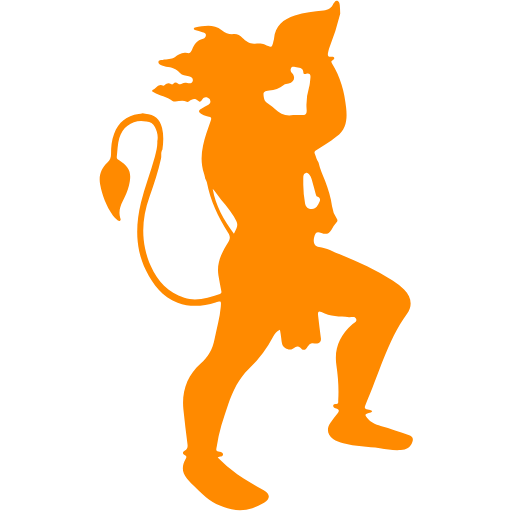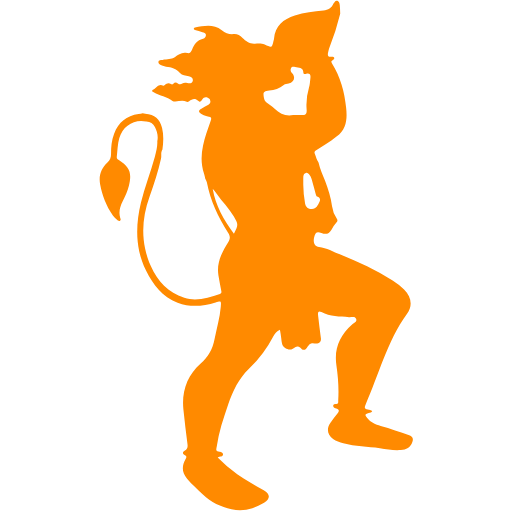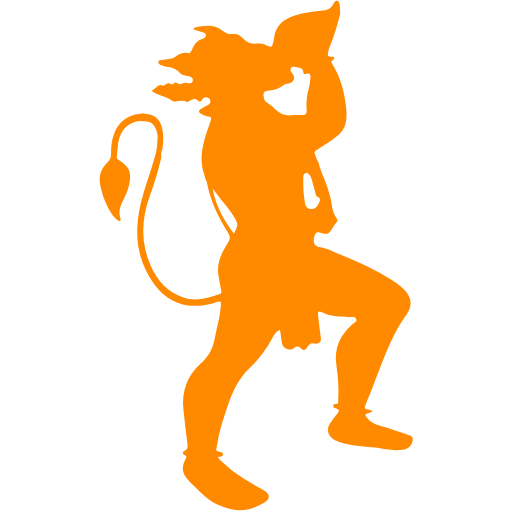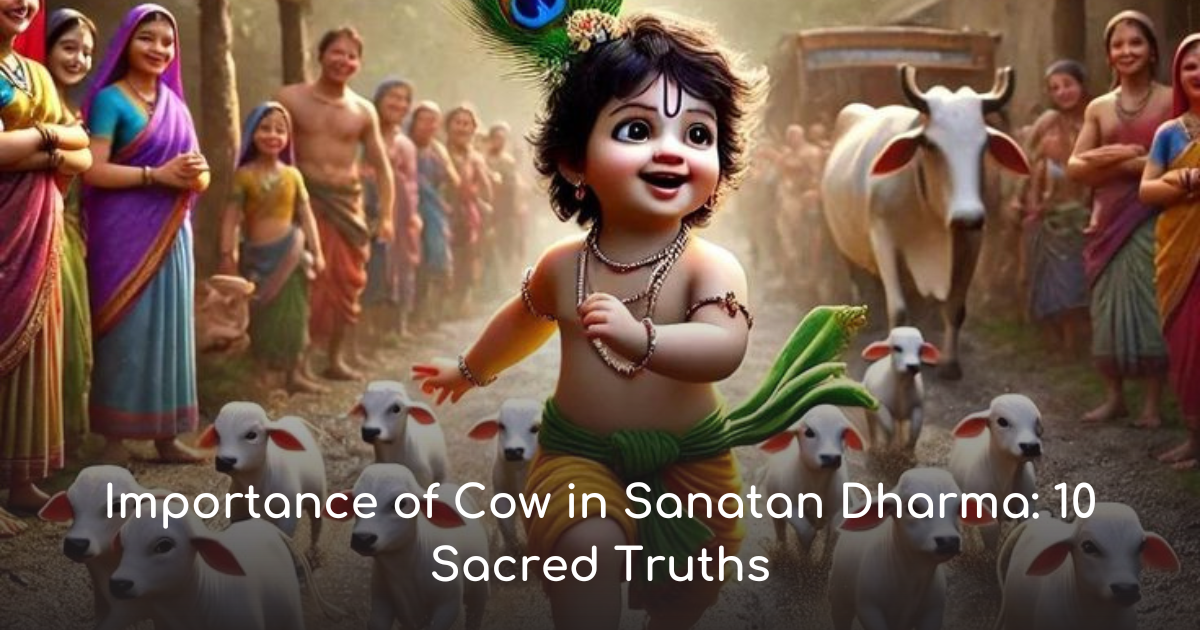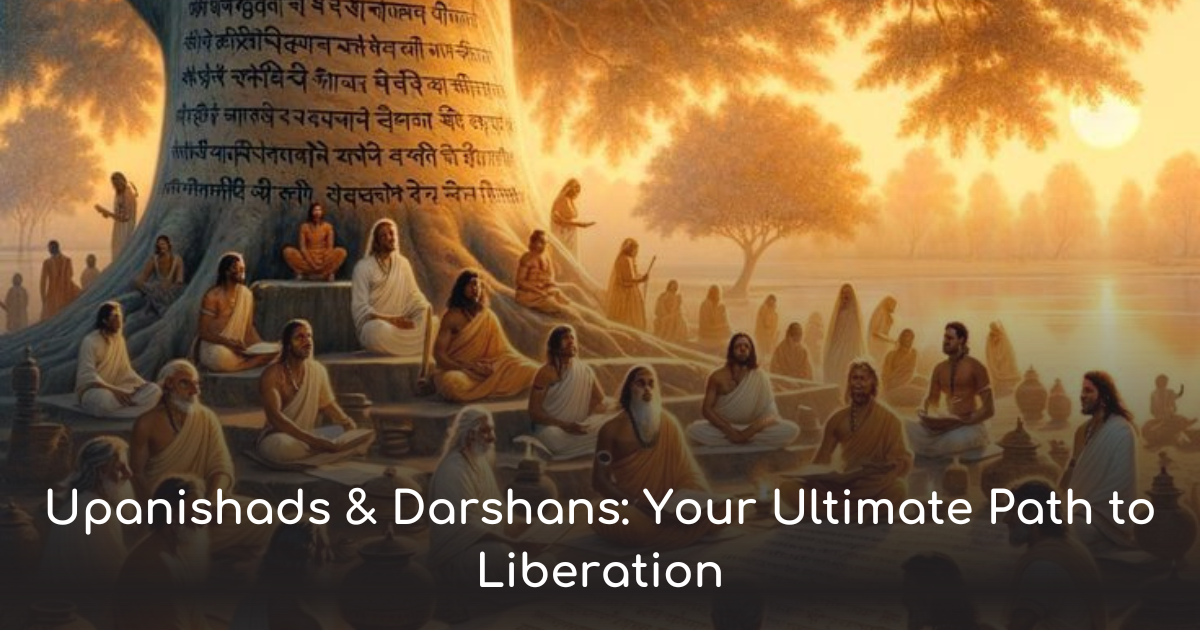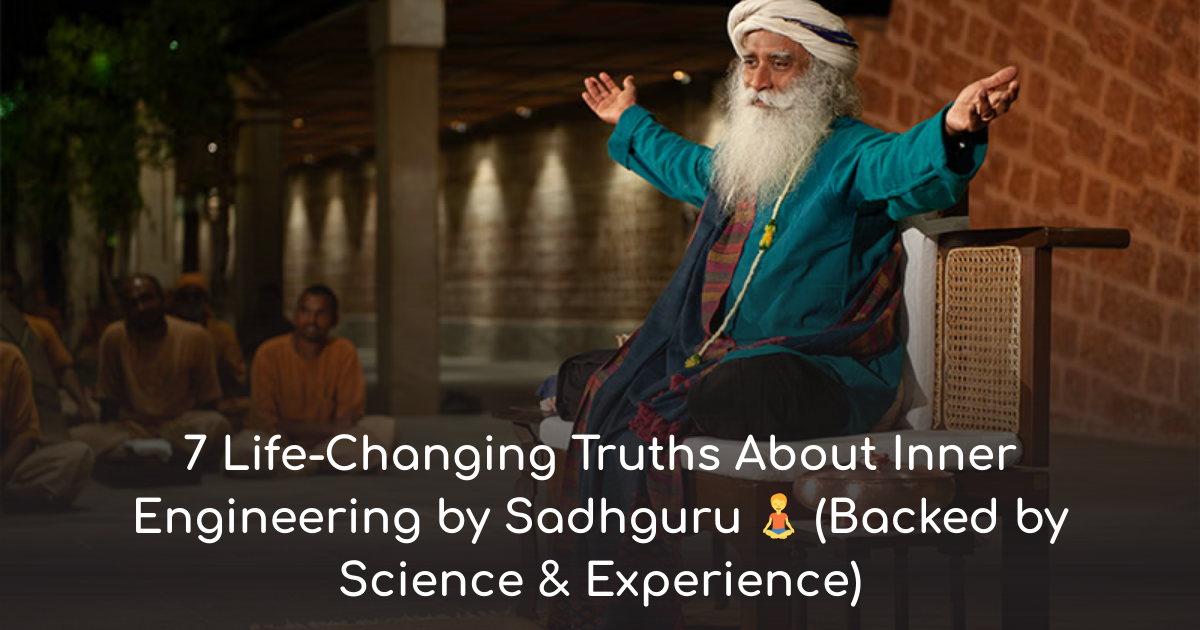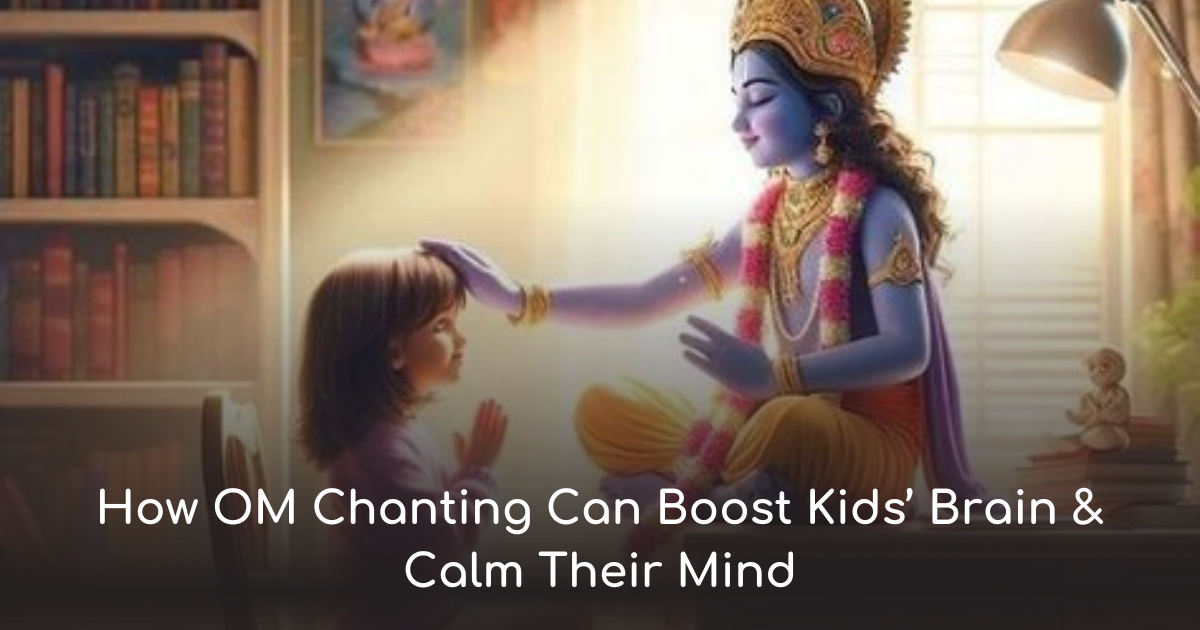om powerful truths that will elevate your soul in 2025
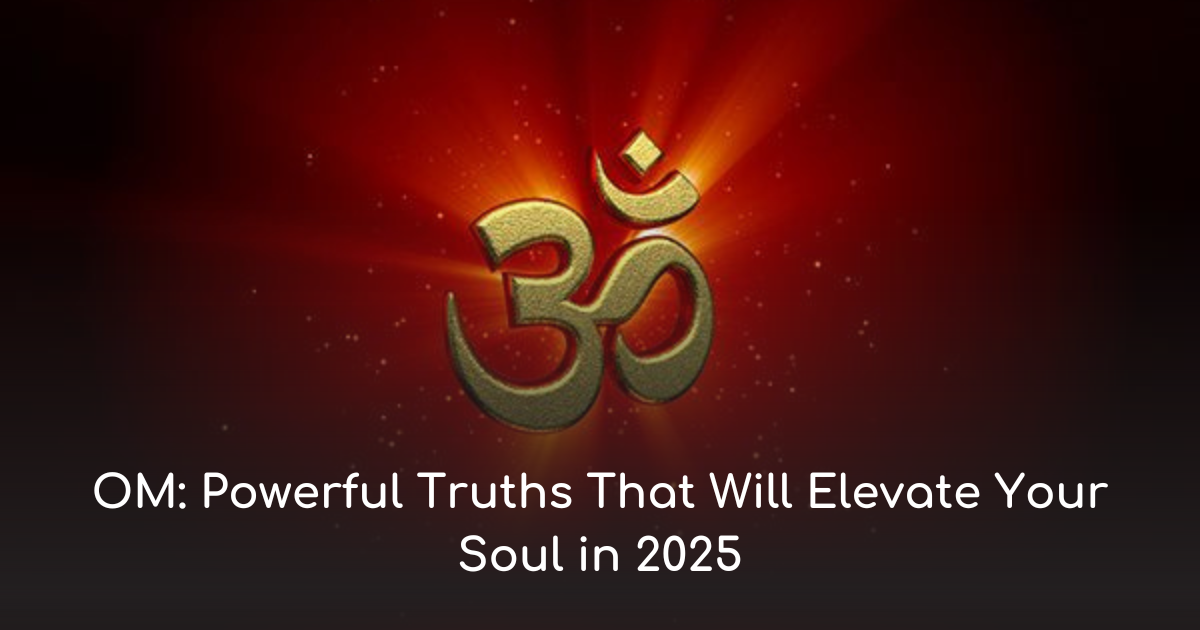
OM is the sacred sound of the universe. Discover its power, meaning, and timeless spiritual truths from Vedas to modern science in this 2025 journey.
OM: The Timeless Sound of the Universe That Connects All Creation
Introduction: The Sound That Births the Cosmos
In the sacred silence of the cosmos, before the galaxies spiraled, before the stars burned, before even time took its first breath—there was OM (ॐ).
Not just a symbol. Not just a chant.
But a primordial sound, a cosmic vibration, a spiritual bridge that connects us to the eternal, to the source of all existence.
OM is not a part of creation. OM is the source of creation.
It is the echo of the Supreme Being. It is the sound of Sanatan Dharma itself.
In this deeply spiritual journey, we shall explore OM through the lens of Vedas, Upanishads, ancient wisdom, and even modern science. We'll decode its syllables, understand its cosmic significance, and see how this one sound embodies all of existence, energy, and evolution.
What Is OM? The Most Sacred Syllable in Sanatan Dharma
OM (also spelled AUM) is the most sacred syllable in Hinduism, Jainism, Buddhism, and many Eastern philosophies.
It is composed of three core sounds:
-
A (अ) – representing Creation
-
U (उ) – representing Preservation
-
M (म) – representing Dissolution
These aren’t just phonetic components — they symbolize the cyclical nature of the universe, and are deeply connected to the Trimurti (Trinity):
-
Brahma – The Creator
-
Vishnu – The Preserver
-
Shiva – The Destroyer
And just as the Tridevas work through their cosmic roles, their energetic counterparts—the Tridevis— are also present:
-
Saraswati (Knowledge)
-
Lakshmi (Abundance)
-
Kali/Parvati (Shakti/Transformation)
Together, the masculine and feminine energies converge through the vibration of OM, making it the totality of existence.
OM in the Vedas: The First Echo of Sanatan Dharma
1. Rigveda: The Beginning Is Sound
The Rigveda, the oldest known scripture of humankind, alludes to OM as the original cosmic vibration:
“In the beginning was the Word, and the Word was OM.”
It emphasizes that all mantras, rituals, and divine manifestations arise from OM. It is the seed of sacred sound (Nada Brahma).
2. Yajurveda: The Sacred Invocation
Every Yajna (Vedic fire ritual) begins with “OM.”
Yajurveda uses OM as the vibrational permission for divine acts. It is a way of saying, “Let the divine act begin with the Supreme’s blessing.”
3. Samaveda: The Music of the Cosmos
The Samaveda, the Veda of melodies, draws directly from OM.
It teaches that OM is the root of all music and rhythm, showing that even art and beauty stem from divine vibration.
4. Atharvaveda: OM as Healing
Atharvaveda relates OM with healing sounds.
Chanting OM was used for treating mental, emotional, and spiritual imbalances. The frequency of OM was believed to align the body with the cosmic rhythm, promoting well-being.
OM in the Upanishads: Consciousness Encoded in Sound
Among the most powerful philosophical texts ever written, the Upanishads describe OM as the highest reality, Brahman itself.
Mandukya Upanishad – The Masterpiece on OM
This entire Upanishad (only 12 verses) is dedicated to explaining OM and its four parts:
| Syllable | Consciousness State | Experience |
|---|---|---|
| A | Waking (Jagrat) | Outer world, physical body |
| U | Dream (Swapna) | Inner world, mind and thought |
| M | Deep Sleep (Sushupti) | Causal world, ignorance |
| Silence | Turiya (Beyond) | Pure consciousness, Brahman |
Turiya — the silence after OM — is not emptiness, but infinite fullness. It is the realization of "I am That."
OM and the Creation of the Universe
OM as the First Vibration
According to Sanatan cosmology, Brahman is formless, beyond time and space. But when it decided to manifest the universe, it did so through sound—and that sound was OM.
This is echoed in the idea:
"Nada Rupa Parabrahma" — Sound is the form of the Absolute.
When Brahman vibrates as OM, creation begins.
OM and the Hiranyagarbha (Cosmic Womb)
In Vedic texts, the Hiranyagarbha or “Golden Womb” emerges from OM. This is the cosmic egg which expands and gives birth to space, time, matter, and energy — all through the sound energy of OM.
Science and OM: A Meeting of Ancient Wisdom and Modern Thought
1. Vibrational Universe Theory
Modern quantum physics tells us that everything is vibration. Atoms, electrons, light, sound — all are frequencies. This is precisely what OM represents — the root frequency of existence.
2. NASA's Discovery of a Cosmic Sound
NASA recorded a sound from deep space known as the background radiation. Many scholars noted that its vibrational pattern is similar to OM — a deep, resonant, continuous sound.
Coincidence?
Or a 10,000-year-old truth finally catching up with science?
3. 432 Hz – The Frequency of OM
Sound therapists and physicists have measured the frequency of OM to be around 432 Hz, which matches the natural frequency of the Earth and human body. This frequency is known to:
-
Reduce stress
-
Harmonize the brain
-
Heal the nervous system
-
Connect us with natural rhythms
Why Chanting OM Matters in Daily Life
-
Reduces anxiety and depression
-
Calms the nervous system and heart rate
-
Balances brain hemispheres
-
Connects the mind, body, and soul
-
Opens up spiritual awareness
-
Enhances focus during meditation
OM is not a religion; it is a universal technology for inner transformation.
In the next section, we will explore:
-
OM in daily spiritual practices
-
OM and the chakra system
-
OM’s presence in other world religions
-
Real-life examples of transformation through OM
From Cosmic Creation to Conscious Connection
In the previous section, we discovered how OM is far more than a sound — it's the original vibration from which the entire universe arose. We explored its roots in the Vedas, its spiritual architecture in the Upanishads, and even its echoes in modern science. We decoded its syllables — A, U, M — and saw how they represent the Trimurti, consciousness states, and even universal frequency.
Now, let’s take our spiritual journey even deeper.
OM in Daily Spiritual Practice: Power Beyond Ritual
Though ancient and cosmic, OM is meant to be experienced personally—through regular chanting, meditation, and integration into everyday life. Here’s how:
1. Chanting OM in Meditation (Pranava Japa)
The simplest and most transformative practice:
-
Sit comfortably
-
Inhale deeply
-
As you exhale, softly chant “OM…”
Feel the vibrations in your chest, throat, and head. Let the final Mmmm... fade into silence. That moment of stillness after chanting is where the magic begins—the entry into Turiya.
2. OM Before Mantras
Every Vedic mantra begins with OM because:
-
It purifies the space
-
It prepares the chanter’s consciousness
-
It invokes the divine energy of that mantra
Examples:
-
"Om Namah Shivaya"
-
"Om Namo Bhagavate Vasudevaya"
-
"Om Shanti Shanti Shanti"
3. OM in Yogic Traditions
Before every yogic practice — from asanas to pranayama — OM is chanted to center the body and mind. It:
-
Aligns breath with energy
-
Prepares the subtle body
-
Anchors attention in the present moment
OM and the Chakra System: Vibrations Within the Body
Did you know that each chakra (energy center) in the body responds to a unique vibration?
OM is the master vibration that activates and aligns all seven chakras.
| Chakra | Location | OM's Impact |
|---|---|---|
| Muladhara (Root) | Base of spine | Grounds energy, dissolves fear |
| Svadhisthana (Sacral) | Below navel | Balances emotions, awakens creativity |
| Manipura (Solar Plexus) | Navel | Empowers will, boosts confidence |
| Anahata (Heart) | Center of chest | Opens love, heals grief |
| Vishuddha (Throat) | Throat | Clears communication, expresses truth |
| Ajna (Third Eye) | Between eyebrows | Awakens intuition, inner guidance |
| Sahasrara (Crown) | Top of head | Unites with Divine, deep meditation |
Regular OM chanting leads to energetic alignment, emotional healing, and spiritual awakening.
OM and Tridevi Shakti – Feminine Power in Vibration
Just as OM is associated with the Tridevas (Brahma, Vishnu, Shiva), it also encompasses their Shakti counterparts:
| Sound | Deva | Devi (Shakti) | Energy |
|---|---|---|---|
| A | Brahma | Saraswati | Wisdom, Creativity |
| U | Vishnu | Lakshmi | Harmony, Abundance |
| M | Shiva | Kali/Parvati | Transformation, Power |
This highlights a beautiful truth:
OM is not just masculine; it is the sacred union of Shiva and Shakti.
Every time you chant OM, you are invoking both divine energies—creating a field of balance, grace, and power.
OM in Other World Religions and Cultures
Though OM is rooted in Sanatan Dharma, echoes of OM exist across world traditions, often in altered forms.
1. Amen (Christianity)
-
Found in Old Testament and New Testament
-
Chanting “Amen” has a vibrational resonance similar to “OM”
-
Represents trust, surrender, and divine affirmation
2. Ameen (Islam)
-
Used at the end of prayers
-
Rhythmic pronunciation aligns closely with OM vibrations
-
Signifies sealing of prayer, invoking divine truth
3. Tao (Taoism)
-
Described as the unspeakable eternal principle behind all creation
-
“The Tao that can be named is not the eternal Tao”—much like OM, which is beyond literal words
4. Native and Tribal Traditions
-
Many indigenous chants use low-frequency, prolonged sounds that mimic OM’s vibrational patterns
-
Often used in healing, ceremonial trance, and soul invocation
This proves one thing:
OM is not just a sound—it is a universal consciousness that transcends religions, languages, and time.
Real-Life Transformations Through OM
Story 1: The Monk Who Silenced the Mind
A wandering sannyasi once said:
“For 12 years, I chanted nothing but OM under a banyan tree. I didn’t find God. I found something better — I lost myself.”
OM doesn’t add anything to you — it removes the layers that block your true self.
Story 2: The Scientist Turned Yogi
A neuroscientist from Germany visited Rishikesh and began OM chanting as an experiment.
Within 6 months:
-
Her insomnia disappeared
-
Her anxiety dissolved
-
Her perception of life changed
“I came to study the brain. I ended up discovering the soul.”
OM and the Four States of Consciousness (Mandukya Model Recap)
-
Waking (A) – Worldly Experience
-
Dreaming (U) – Mental Experience
-
Deep Sleep (M) – Blissful Ignorance
-
Turiya (Silence) – Pure Awareness
Every human being passes through these states. But by consciously meditating on OM, you begin to witness them — and ultimately rest in Turiya, the state of enlightenment.
OM as a Portal to Moksha (Liberation)
OM is not an escape from life — it is a return to your eternal nature.
When the ego dissolves into its sound, you don’t go anywhere — you realize you’ve always been the timeless, formless, boundless Brahman.
“He who knows OM, knows the Self. He who knows the Self, becomes free.”
Now in this section, we’ll explore:
-
OM and the Multiverse Theory
-
OM in Modern Neuroscience and Quantum Mechanics
-
Advanced spiritual practices using OM
-
Final insights and a heartfelt message for every seeker
OM – A Journey from Sound to Soul
In the first section, we unfolded OM’s origin in the Vedas and Upanishads, its connection to creation, consciousness, and the divine trinity.
2nd Section led us deeper into daily spiritual practices, chakra balancing, Shakti energy, and how global cultures unknowingly echo OM’s truth.
Now in the 3rd Section, we explore the multiverse theory, quantum science, and the soul’s return to source through OM.
OM and the Multiverse: Did Ancient Rishis Know It All Along?
Today, science proposes the Multiverse Theory—the idea that multiple universes exist simultaneously in parallel realities.
But thousands of years ago, Sanatan Dharma had already hinted at this in profound ways.
1. The Vedas Speak of Multiple Lokas
Sanatan texts describe 14 Lokas (planes of existence):
| Higher Lokas | Purpose |
|---|---|
| Satya Loka | Home of Brahma |
| Tapo Loka | For great sages |
| Jan Loka | For meditating souls |
| Mahar Loka | Advanced spiritual beings |
| Svar Loka | Heaven (Indra’s realm) |
| Bhuvar Loka | Intermediate realm |
| Bhu Loka | Earthly existence (us) |
And below, 7 more realms exist for other karmic experiences.
Each loka operates in different dimensions of time, energy, and consciousness — just like modern multiverse models.
“Each OM gives birth to one cosmos.”
– Srimad Bhagavatam, describing Vishnu’s breath birthing countless universes.
2. OM as the Frequency Holding Universes Together
Every universe, according to both Vedic thought and quantum cosmology, vibrates at a specific frequency.
OM is the master frequency — the seed sound that:
-
Connects all realms
-
Synchronizes time loops
-
Holds karmic balance across realities
OM in Modern Science: A Sound Ahead of Its Time
OM is not just metaphysics—it’s measurable, powerful, and healing even through the lens of science.
1. Neuroscience: Brain Rewiring Through OM
Studies at Indian and international neuroscience institutes show:
-
OM chanting reduces amygdala activity (stress center of the brain)
-
It boosts GABA levels, which regulate anxiety
-
It leads to gamma brain waves, linked to bliss and spiritual states
Just 15 minutes of OM chanting daily rewires the brain for clarity, peace, and purpose.
2. Quantum Physics: Everything Is Vibration
According to string theory, all particles are vibrating energy strings.
Ancient Sanatan wisdom said the same — but with poetic beauty:
“Nada Rupa Parabrahma” — Sound is the form of the Absolute.
OM is the purest vibrational template — from which matter, thought, time, and even space emerge.
3. Cymatics and Sound Geometry
Cymatics is the study of visible sound patterns. When OM is chanted and played through a sound plate:
-
It forms perfect sacred geometry patterns
-
These patterns resemble yantras used in Hindu spiritual practices
Coincidence? Or did the Rishis already know the blueprint?
Advanced OM Practices: Awakening the Inner Cosmos
Ready to go deeper? Here are powerful sadhanas you can explore:
1. OM Trataka (Gazing Meditation)
-
Write or visualize OM on a wall or flame
-
Gaze softly at it for 15 minutes
-
Let the symbol imprint in your third eye
-
Close your eyes and chant OM silently
Benefits:
Third eye activation, increased intuition, deeper meditative state
2. OM with Pranayama
-
Inhale deeply through the nose
-
Hold briefly
-
Exhale slowly with OM chant
Repeat for 21 rounds
Benefits:
Balances the five pranas, calms nervous system, deepens breath awareness
3. OM in Water Therapy
-
Whisper or chant OM over a glass of water with full attention
-
Drink mindfully
Water absorbs vibrational intention. This ancient practice was known to the Siddhas.
OM as a Daily Companion: Not Just a Chant, But a Way of Life
OM is not something to believe in. It’s something to become.
Incorporate OM into your day:
-
Begin and end your day with 3 OM chants
-
Write OM 108 times as a spiritual journal
-
Listen to OM frequencies while working or resting
-
Let every “moment” be filled with the memory of OM
Final Realization: OM Is You
“Tat Twam Asi – Thou Art That.”
You are not a drop in the ocean. You are the ocean in a drop.
You are not just chanting OM…
You are OM.
When you truly experience OM —
You realize you were never separate from the divine.
The mind falls silent, the ego dissolves, and only Truth remains.
That’s not the end.
That’s the beginning of Sanatan awareness.
If you're curious about chanting OM, its benefits, do's and don’ts, scientific meaning, or role in moksha — stay tuned.
Detailed FAQs About OM
1. What does OM truly mean? Is it just a religious symbol?
OM is far beyond a religious chant or symbol. It is the primordial vibration that underlies the entire universe. In the spiritual context, OM is the audible form of Brahman—the Supreme Consciousness. It represents the union of body, mind, and spirit. From a metaphysical perspective, OM is the seed sound (Bija Mantra) from which all other sounds and creation arise. It is considered the cosmic blueprint that holds the universe together.
2. What is the correct way to pronounce OM? AUM or OM?
Both are correct but serve different purposes:
-
AUM (अ-उ-म्) is the full phonetic version, representing the threefold nature of reality — creation, sustenance, and dissolution.
-
OM is the sacred representation — used commonly for chanting and visual symbolism.
When chanted properly:
-
“A” resonates in the lower belly (gross body)
-
“U” vibrates in the chest and throat (subtle body)
-
“M” hums in the head (causal body)
-
Followed by a moment of silence (pure consciousness)
3. Can anyone chant OM or is it only for Hindus or spiritual practitioners?
Anyone can chant OM. OM is not bound by religion, caste, nationality, or gender. It is a universal vibration that transcends sectarian boundaries. Whether you're a beginner on the spiritual path, a yoga practitioner, or a curious seeker — OM welcomes all. Its healing, grounding, and awakening energy is for the entire humanity.
4. What are the benefits of chanting OM daily?
Chanting OM even for just a few minutes daily can:
-
Reduce stress and anxiety
-
Improve focus, concentration, and clarity
-
Harmonize the left and right brain hemispheres
-
Lower blood pressure and stabilize heart rate
-
Deepen meditation and spiritual awareness
-
Heal emotional wounds and release subconscious blocks
-
Enhance aura and energy field
It’s like giving your soul a tune-up every day.
5. How many times should one chant OM in a day?
Traditionally, chanting OM 108 times is considered highly auspicious — aligning with the 108 nadis (energy channels) in the body. However:
-
Beginners can start with 3, 9, or 21 repetitions
-
Even 1 mindful chant is better than 100 robotic ones
-
The key is intent, presence, and feeling
6. What happens scientifically when we chant OM?
From a scientific perspective:
-
OM triggers the vagus nerve, calming the nervous system
-
Brain scans show increased alpha and theta waves during OM chanting — linked with creativity and tranquility
-
It reduces the production of cortisol (stress hormone)
-
It activates the prefrontal cortex — improving decision-making and emotional regulation
OM works as a neurological rewire tool, combining ancient wisdom with modern benefits.
7. Is there any time of day that is best for chanting OM?
Yes, traditionally the best times are:
-
Brahma Muhurta (early morning between 4–6 AM) – most peaceful and spiritually charged
-
Sunset (Sandhya time) – natural shift in energy patterns
-
Before meditation or sleep – to calm the mind and deepen focus
However, OM can be chanted anytime, even silently during stress or work.
8. Can OM chanting awaken the chakras?
Yes. OM resonates through all seven chakras, especially:
-
Ajna Chakra (Third Eye) – activates intuition
-
Sahasrara Chakra (Crown) – leads to transcendence
-
Anahata Chakra (Heart) – opens love and forgiveness
Regular chanting clears blocked energy, balances your subtle body, and prepares it for kundalini awakening.
9. Can children or elderly people chant OM?
Absolutely. In fact:
-
For children, it improves focus, calmness, and speech
-
For the elderly, it brings peace, emotional healing, and connection to divine energy
There is no age limit. OM is gentle, universal, and non-invasive.
10. Is silence after OM chant important?
Yes, the silence after OM is as powerful as the chant itself.
In Mandukya Upanishad, this silent state is called Turiya — the fourth state of consciousness where ego dissolves and the soul merges with the Absolute. That moment of stillness is the door to Brahman.
“Do not rush to the next chant. Sit. Listen. Witness the silence. That’s where OM truly begins.”
11. Why do most mantras start with OM?
OM is called the Primordial Seed (Pranava). It invokes the divine, sets the vibration right, and connects you with the Supreme.
Examples:
-
OM Namah Shivaya – salutations to Shiva
-
OM Namo Narayanaya – surrender to Lord Vishnu
-
OM Aim Hreem Kleem – powerful Devi mantras
OM purifies the mantra and empowers it with universal energy.
12. What’s the connection between OM and breath?
Breath = Prana = Life Force
OM = Cosmic Prana = Universal Life Force
When you chant OM in sync with your breath:
-
You merge individual energy with cosmic energy
-
You align your rhythm with the universal pulse
-
You experience oneness, clarity, and peace
Breath and OM together create a powerful bridge between body and spirit.
13. Is OM a sound or a symbol? Or both?
Both.
-
As sound, OM is the vibration of all vibrations, the unstruck eternal sound
-
As symbol (ॐ), it is sacred geometry that embodies past, present, future and that which is beyond time
Each curve and dot of the OM symbol has a meaning:
-
Lower curve = waking state
-
Middle curve = dream state
-
Upper curve = deep sleep
-
Semicircle = maya (illusion)
-
Dot = Turiya, pure consciousness
It is a spiritual formula in visual form.
14. Can OM help with emotional healing or trauma?
Yes. OM’s vibration gently penetrates emotional knots in the subconscious mind.
-
Helps release grief, anger, anxiety, and inner restlessness
-
Balances hormones and brain chemistry
-
Reconnects you with inner peace, stability, and trust
Regular chanting of OM acts like sound therapy for the heart and mind.
15. Is OM connected to moksha (liberation)?
Yes, most definitely.
OM is considered the direct path to self-realization.
Upanishads say:
“One who meditates on OM with pure heart, dissolves ego and merges into Brahman.”
OM dissolves the illusion of separation.
You don’t attain moksha by going somewhere — you realize you were never bound. OM shows you that truth.
Readers Message: From My Soul to Yours
Dear reader,
If you’ve come this far, it’s no coincidence.
Something in your soul remembers OM.
You are not just a body, a name, or a fleeting thought.
You are the vibration of the cosmos. You are OM.
This article was not written to inform you — it was written to awaken you.
So sit in silence. Close your eyes.
Breathe deeply…
And chant — not just with your lips, but with your entire being:
ॐ
Disclaimer:
This blog is for educational and spiritual inspiration only. It is based on ancient scriptures, traditional practices, and verified scientific studies where applicable. While OM chanting is safe for most people, anyone with medical or psychological conditions should consult a professional before starting a new spiritual practice.
Call to Action: Embody the OM Within
Ready to transform your life through the sacred sound of OM?
-
Start each day with 3 mindful OM chants
-
Share this article with seekers and friends
-
Join the SanatanYug community to receive spiritual insights
-
Meditate on OM and feel the pulse of the divine within you
You don’t chant OM. You become OM.
Let this not just be knowledge — let this be your daily living experience.
ॐ तत्सत।
